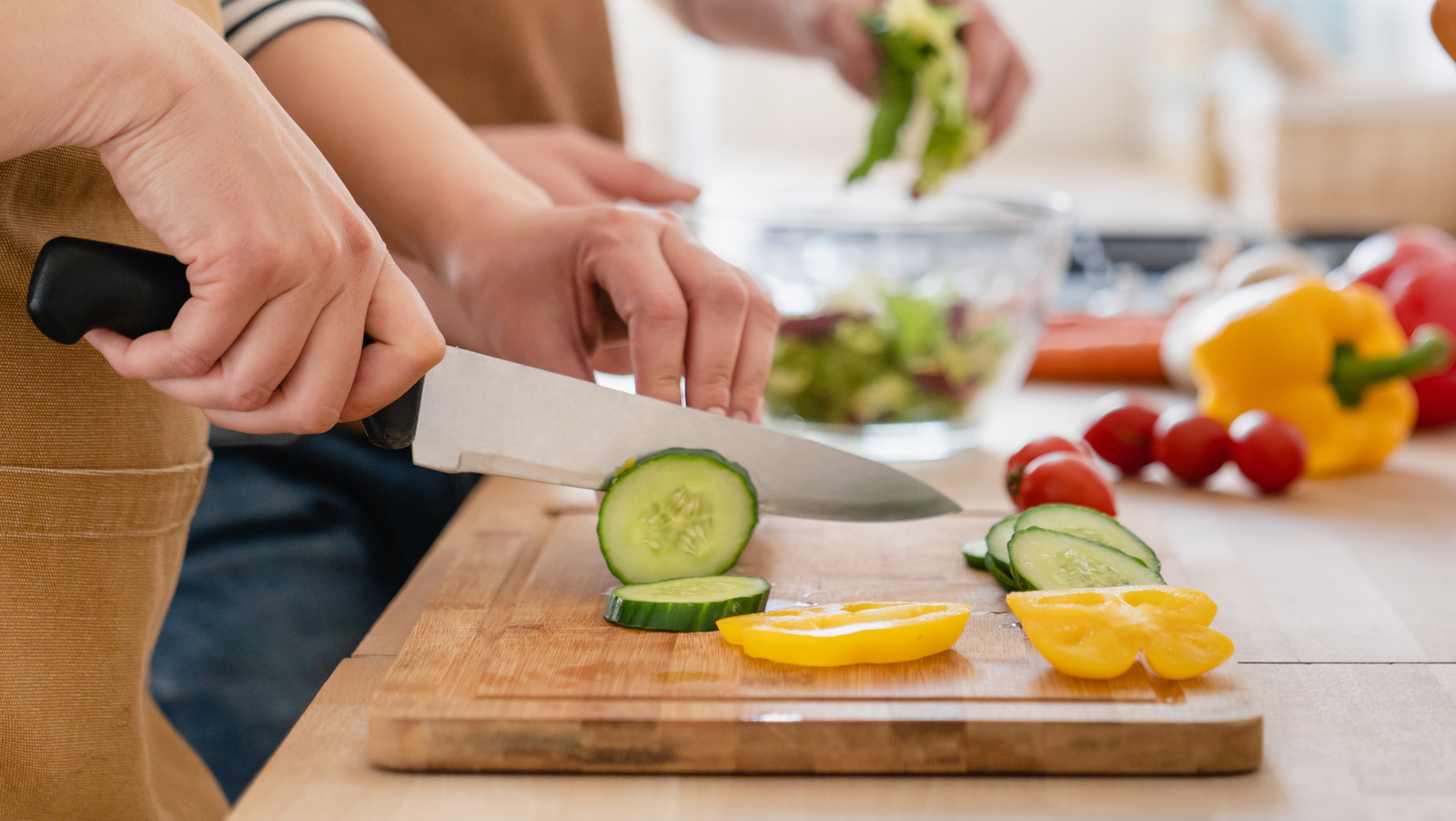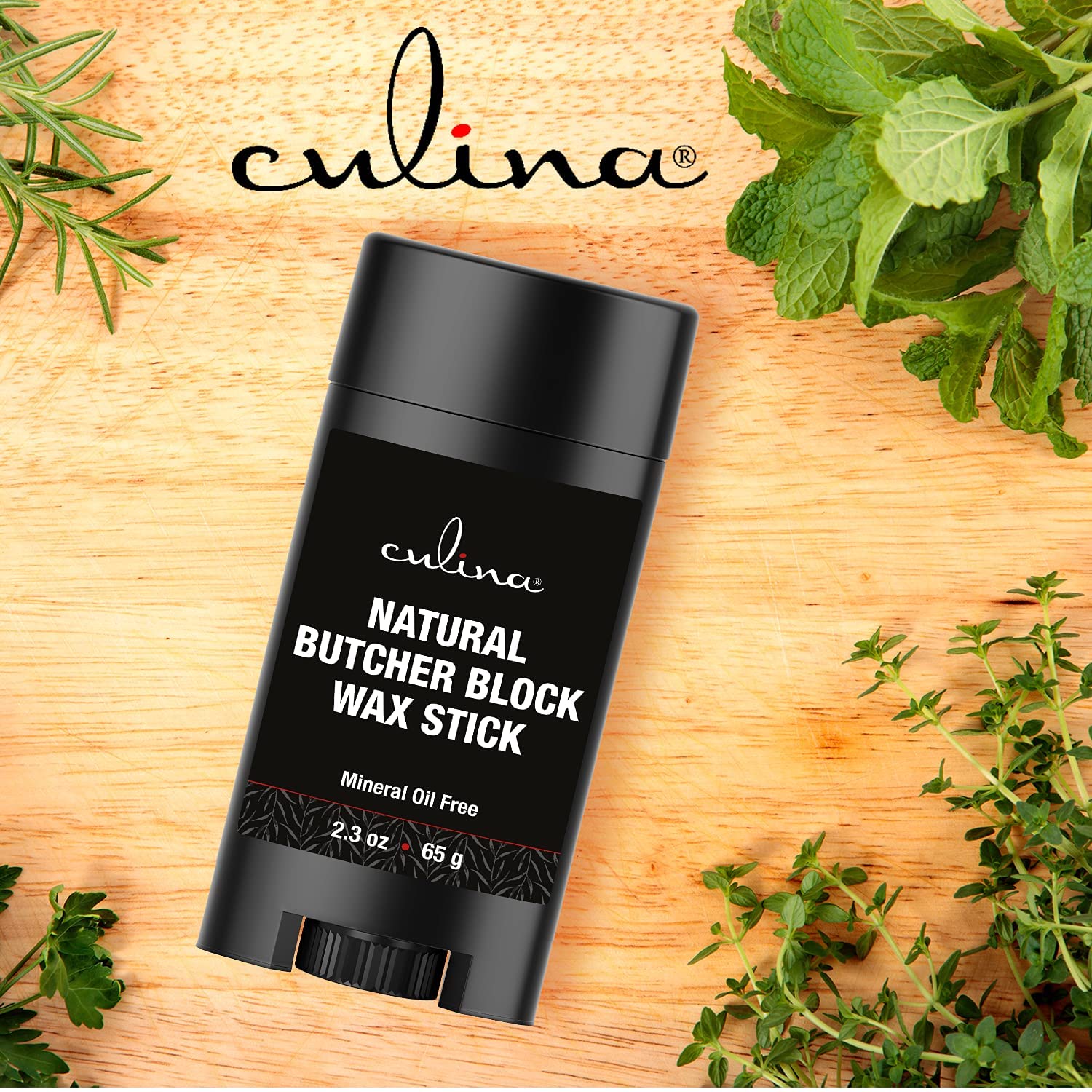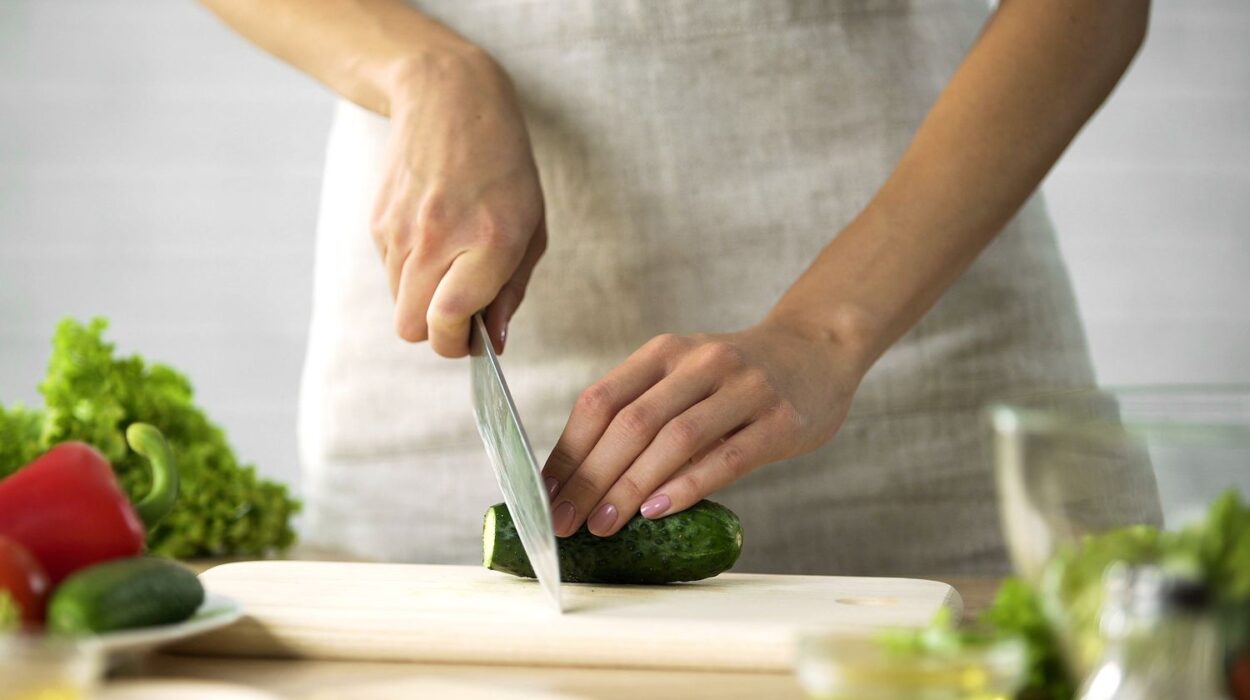When it comes to kitchen essentials, a cutting board is among the most important tools. Proper conditioning extends the life of your cutting board. Understanding how to condition cutting board ensures that it stays in perfect shape for years.

Why Conditioning Your Cutting Board is Important
Conditioning your cutting board is crucial for keeping it in top-notch condition. The benefits include:
- Avoiding cracks and splits.
- Maintaining a smooth surface.
- Preventing bacteria buildup.
The Best Time to Condition Your Cutting Board
The frequency of conditioning depends on the type of board and how often it is used. Typically, you should condition wooden boards every 3-4 weeks. In contrast, plastic or composite boards require less frequent conditioning.

Steps on How to Condition Cutting Board
Gather Your Supplies
Before starting the process, ensure you have the following:
- Food-grade mineral oil
- Clean cloth or paper towels
- Bee’s wax (optional)
- Sandpaper (optional for worn boards)
Step-by-Step Process
- Clean the Board: Begin by washing the board with warm water and mild dish soap. Ensure all food residues are removed.
- Dry the Board: Use a clean towel to dry the board thoroughly. Leave it to air-dry further if needed.
- Apply Mineral Oil: Pour a generous amount of food-grade mineral oil on the board. Spread it evenly using a clean cloth.
- Let it Soak: Allow the oil to soak into the board for several hours or overnight.
- Remove Excess Oil: Wipe off any excess oil with a clean, dry cloth.
- Optional Step – Waxing: For extra protection, apply a small amount of bee’s wax over the oiled surface.

Maintaining Your Cutting Board
Regular Cleaning Tips
Besides conditioning, regular cleaning is vital. Avoid soaking wooden boards in water or washing them in a dishwasher. Instead, clean them manually with warm water and mild soap.
Storage Tips
Store your cutting board in a dry, well-ventilated place. Keeping it upright allows air to circulate, preventing moisture buildup.
Choosing the Right Oil for Your Cutting Board
Recommended Oils
Food-grade mineral oil is the most common choice. Other options include beeswax, coconut oil, and walnut oil. Ensure you pick an oil that is safe for food contact.
Oils to Avoid
Avoid using vegetable or olive oils as they can become rancid over time.
FAQs
Can I use olive oil to condition my cutting board?
No, it’s better to avoid using olive oil as it can become rancid. Stick to food-grade mineral oil or other recommended oils.
How often should I condition my cutting board?
Condition your cutting board every 3-4 weeks to maintain its integrity and appearance.
Is it necessary to wax my cutting board?
Waxing is optional but provides additional protection and moisture resistance.
Final Thoughts on How to Condition Cutting Boards
Understanding how to condition cutting board is essential for any kitchen professional. Proper care and maintenance ensure that your cutting board lasts longer and performs better. Regular cleaning, conditioning, and correct storage are crucial steps in the process.
For more tips on kitchen maintenance, you can check this external link
As an Amazon Associate, I earn from qualifying purchases.


